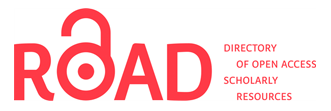On the Bifurcation of a Cancer Therapy Model by Oncolytic Virus with Malignancy Effect
Keywords:
Oncolytic virus, Uninfected cells, Infected cells, Bifurcation, Threshold valueAbstract
Oncolytic virus cancer therapy also known as oncolytic virotherapy is a developing therapy that uses replication-competent viruses to eliminate cancer cells in patients’ body. Compared to other therapies, this therapy is approachable as it does not eradicate the normal cells in the body. This report studies the application of mathematical modelling to investigate the malignancy effect for two populations which are the uninfected cancer cells and infected. cancer cells by oncolytic virus denoted by and respectively. We perform numerical and graphical analyses using software such as Maple, Matlab, MATCONT, and XPPAUT to illustrate the cancer dynamics. The objectives of this study are to produce bifurcation diagrams for uninfected cancer cells, , and infected cancer cells by oncolytic virus, , against parameter (malignancy effect), to extend the analysis of bifurcation diagrams as it was the gap addressed in the previous study and to conclude comprehensible understanding on the malignancy effect. From the analysis, we found that if is greater than the threshold value, the solutions of the system will be bounded, and the cancer cell is regarded as benign where the cancer cell does not undergo metastasis. On the other hand, if the parameter is less than the threshold value, the solutions will be unbounded which imply that the characteristics of the cancer cells to be malignant and that the oncolytic virotherapy is unsuccessful.







